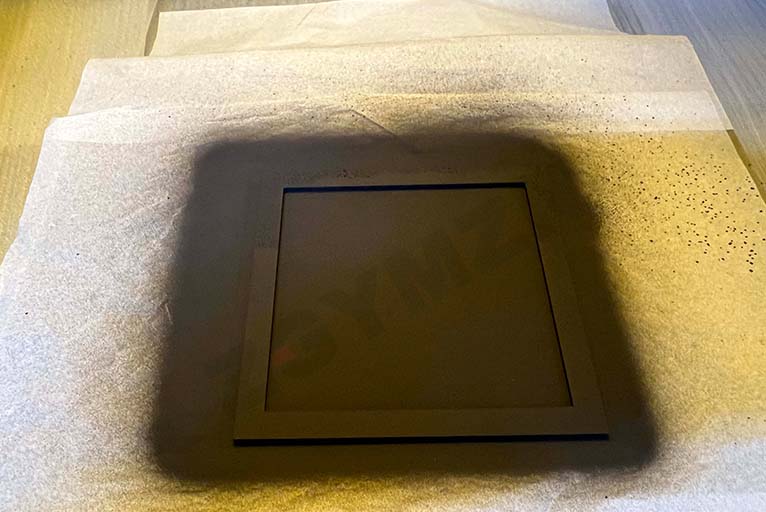google-site-verification: google0228a1feb97d321e.html
google-site-verification: google0228a1feb97d321e.html
google-site-verification: google0228a1feb97d321e.html
google-site-verification: google0228a1feb97d321e.html
google-site-verification: google0228a1feb97d321e.html
google-site-verification: google0228a1feb97d321e.html
Ultrasonic spraying fuel cell membrane electrode -- New energy -- YMUS ultrasonic spraying
Ultrasonic spraying technology has also been applied in the preparation of fuel cell membrane electrode coatings. A fuel cell is a device that converts chemical energy into electrical energy, in which membrane electrode coating is one of the key components.

In the preparation of fuel cell membrane electrode coatings, ultrasonic spraying technology has the following research progress:
● Catalyst preparation: The fuel cell membrane electrode coating usually contains a catalyst to accelerate the REDOX reaction. Ultrasonic spraying technology can prepare uniformly dispersed catalyst ink, adjust the proportion of solvent, additive and catalyst to improve the activity and stability of the catalyst.
● Ultrasonic spraying parameters: Adjust the parameters of ultrasonic spraying, such as nozzle distance, spraying speed and spraying power, to obtain a uniform and dense coating. Controlling spraying parameters can achieve ideal membrane electrode structure, catalyst distribution and thickness.
● Coating adhesion: After ultrasonic spraying, it is necessary to ensure that the coating has good adhesion to the substrate surface of the membrane electrode. The adhesion of the coating can be improved by adjusting the surface properties of the coating material, the surface treatment of the substrate and the curing treatment after the coating.
● Performance evaluation: Performance evaluation of the membrane electrode coating prepared by ultrasonic spraying, including electrochemical performance testing and long-term stability evaluation. These tests can evaluate the activity, stability and electrochemical performance of the membrane electrode and provide guidance for further optimization.
YMUS ultrasonic spraying technology enables higher spraying efficiency and lower production costs, and provides better coating uniformity and control. Therefore, it has the potential to be widely used in the preparation of fuel cell membrane electrode coatings. However, it should be noted that the technology still faces some challenges, such as nozzle blockage, coating thickness control, etc., so further research and development is necessary.